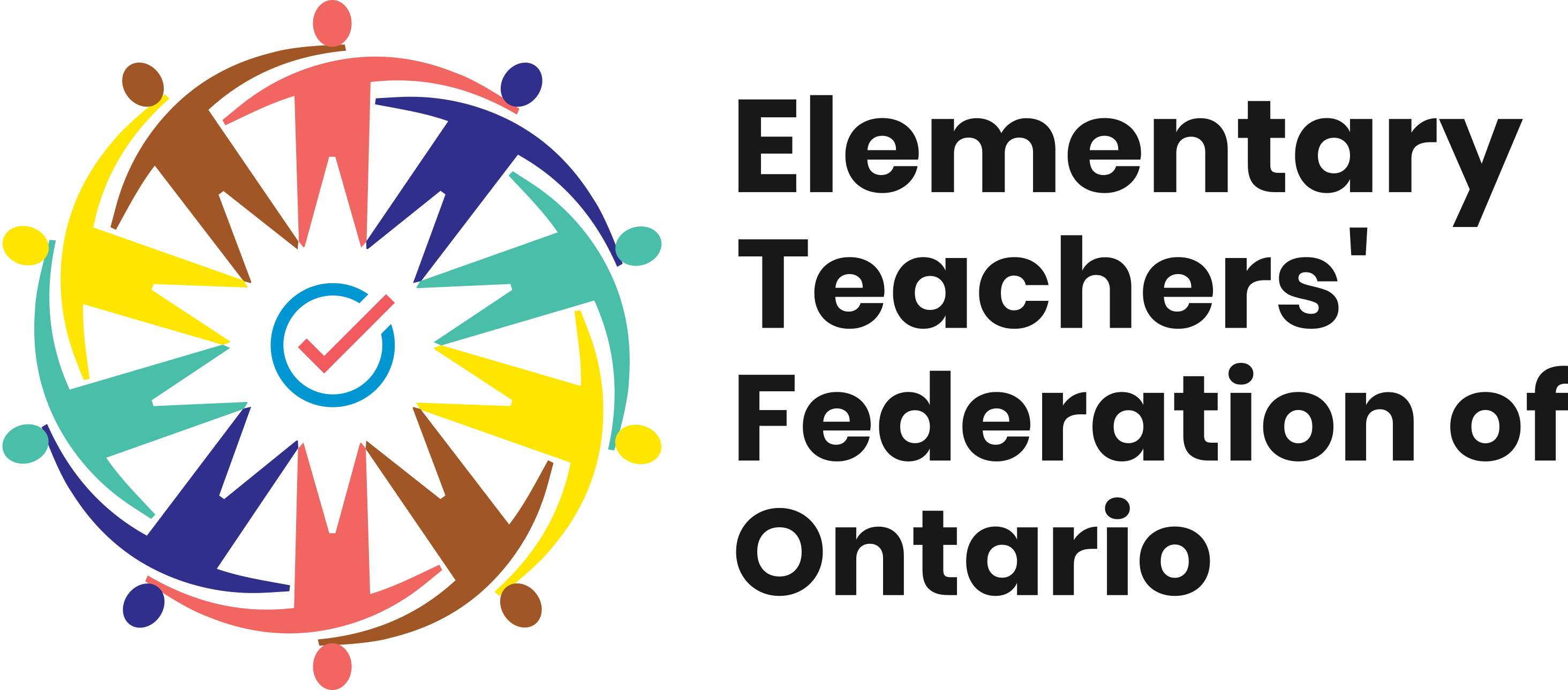On paper, there are all sorts of things to see.
On paper, the letters are arranged to convey information, strengths, and next steps.
On paper, there are always messages to read in between the lines. Although unseen, they are still there even when they between the letters on paper. Let’s face it, when it comes to reporting, most readers are not looking for messages or next steps on paper, but rather for some numbers between 80 and 100 or for a couple of individual letters and math operators between A- to A+.
It’s important that things look good. On paper.
Is something missing?
We have all seen this in our classrooms whenever assessments are returned. For me, any output that requires evaluation, where a mark gets entered of learning, has already gone through several iterations accompanied by constructive feedback along the way. Whether this was done in one on one conferences or as a whole class activity, students are receiving several chances along the way to control what is going to go on paper.
After considerable planning, consistently paced instruction, clearly mapped out expectations/learning goals/success criteria, scaffolding, mid-unit course corrections, carefully curated choices to demonstrate understanding, and an easy to follow rubric Carefully outline the expectations, co-construct success criteria, instruct, provide access to resources to revisit, check-in to ensure understanding along the way, provide effective descriptive feedback, extend due dates, and then hope to receive a clear artefact that shows evidence of understanding from learners to assess.
Cue the rubrics and tests. It’s marking time, or is it?
As I have discovered over these past 14+ years, assessment can be exhausting on occasion. I usually try to do this earlier in the day whenever possible as the caffeine has not reached its half-life in my system. It has also been beneficial to dwell longer in the ‘assessment as learning‘ spaces than those ‘of learning’. This has allowed my students to see overall better results along with a more applicable set of skills to bring forward to other tasks and future grades.
For every educator, regardless of years of experience, assessment as learning, formerly known as, formative assessment needs to be acknowledged and implemented with the greatest frequency in every classroom. I have found it to be the biggest lever in helping learners progress during their time in class.
It has also allowed me a means to manage my assessment workload more effectively along with helping students develop more positive attitudes towards feedback beyond what is printed on paper.
Rubrics…meh or more please?
With a class of 25 grade 6 students this year, I have figured out it takes 2.5 hours to read a single journal assignment, 2 hours to grade a reading response or Math check-in, and 2 to 3+ hours for projects. Keep in mind that learning skills are also being factored in daily to provide our students the next steps for their next days. This is largely due to two things: Clearer expectations and a rubric to remind students about what they are working towards. I wasn’t always this efficient.
When I was a new teacher, assessment took considerably longer. I have also come to my senses and have sought help from some reliable sources such as our ETFO Members Sharing in Assessment portal and by working with my grade team on moderated marking tasks. As a newbie, working alongside a more experienced educator to assess was a very eye opening and important experience. It helped me see how to look at student outputs through the lens of curriculum expectations and success criteria. It is now something I do with each teacher candidate.
It is here where we can get the information we put on paper right when it comes to assessing students. Knowing how much work goes into it all and in providing the feedback with next steps has me thinking about the most recent batch of report cards.
The buildup and aftermath from Term 1 reports has come and gone, but I am left wondering, again this year, whether if, how, and when what was printed on paper will be used that will be reflected when it happens all over again in June? How can we get our students to see themselves beyond the few letters and math operators, but as works in process and progress?
I am not sure there is an answer in the current way we do this at a systemic level. Is there a way to lessen the addiction that students develop to marks and leverage that desire into something more edifying to their long term happiness and development of their uniquely gifted abilities even if they are not seen on paper?

